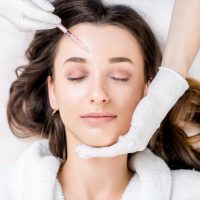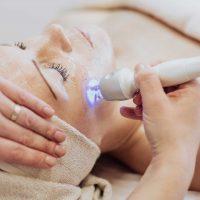Chemical peels can effectively treat pigmentation by removing damaged skin layers and encouraging the growth of new, evenly pigmented skin. So when you ask, “Can chemical peels treat pigmentation?” the answer is a confident yes. Studies show that 3-6 sessions of the right chemical peel can reduce dark spots by up to 75% in most people.
This guide covers chemical peel types, treatment costs, recovery time, and safety information for pigmentation problems like melasma, sun spots, and acne marks.
What Are Chemical Peels for Pigmentation?
Chemical peels are acid-based treatments that remove damaged skin layers to reduce pigmentation. Licensed professionals apply chemical solutions to the face, neck, or hands. The acids dissolve bonds between old skin cells and stimulate new cell growth.
Chemical peels target melanocytes, the cells that produce skin pigment. Peels that penetrate the basal layer containing melanocytes effectively address uneven pigmentation, according to medical research published in StatPearls.
How Do Chemical Peels Work?
Chemical peels induce controlled skin damage that triggers the body’s healing response. According to the National Center for Biotechnology Information, the process involves:
- Acid application removes the outermost skin layer
- Cell turnover accelerates to replace damaged tissue
- Collagen production increases during healing
- Melanin distribution becomes more even
- New skin emerges with reduced pigmentation
Types of Pigmentation Chemical Peels Treat
Chemical peels treat 8 main types of pigmentation disorders:
- Sun spots (solar lentigines)
- Age spots (liver spots)
- Melasma (pregnancy mask)
- Post-acne marks (PIH)
- Freckles (ephelides)
- Seborrheic keratoses (age warts)
- Actinic keratoses (precancerous spots)
- Uneven skin tone (dyschromia)
Which Chemical Peel Types Work Best for Pigmentation?
Glycolic acid peels show the highest effectiveness for pigmentation treatment. Clinical studies demonstrate glycolic acid reduces post-acne pigmentation more than salicylic acid in all follow-up assessments.
Light Chemical Peels (Superficial)
Light peels use 20-30% acid concentrations and treat surface pigmentation. Recovery takes 3-7 days with minimal downtime.
Glycolic Acid Peels Glycolic acid peels reduce pigmentation by 45% after 6 treatments. This alpha-hydroxy acid (AHA) from sugar cane penetrates skin effectively. Medical studies show glycolic acid at 20-35% concentration works best for melasma when applied every 2 weeks.
Salicylic Acid Peels Salicylic acid peels are safest for darker skin types. This beta-hydroxy acid (BHA) reduces inflammation while treating pigmentation. Research shows salicylic acid peels have lower complication rates in Fitzpatrick skin types IV-VI.
Lactic Acid Peels Lactic acid peels offer gentle pigmentation treatment for sensitive skin. Studies comparing 30% lactic acid to 20% glycolic acid show similar effectiveness with better tolerance.
Mandelic Acid Peels Mandelic acid peels work slowly due to large molecular size. This apple-derived AHA treats pigmentation without irritation, making it suitable for rosacea-prone skin.
Medium Chemical Peels
Medium peels use 15-35% TCA and penetrate deeper skin layers. Recovery takes 7-14 days with visible peeling.
TCA (Trichloroacetic Acid) Peels TCA peels treat stubborn pigmentation that resists light peels. Research shows 15% TCA significantly reduces MASI scores (Melasma Area and Severity Index) compared to other peeling agents.
Combination Peels Combination peels target pigmentation in multiple skin layers. The Vi Peel combines TCA, salicylic acid, and kojic acid for enhanced results.
Deep Chemical Peels
Deep peels use phenol and treat severe pigmentation. Recovery takes 2-3 weeks with significant downtime. Medical supervision is required due to potential cardiac effects.
How Much Do Chemical Peels for Pigmentation Cost?
Chemical peel costs range from $100-$1,000 per session depending on peel depth. Most pigmentation treatments require 3-6 sessions for optimal results.
Chemical Peel Pricing by Type
| Peel Type | Cost Per Session | Sessions Needed | Total Cost |
|---|---|---|---|
| Light Peels | $100–$300 | 4–6 | $400–$1,800 |
| Medium Peels | $300–$1,000 | 2–4 | $600–$4,000 |
| Deep Peels | $1,000–$3,000 | 1–2 | $1,000–$6,000 |
Factors Affecting Chemical Peel Costs
Geographic location affects chemical peel pricing by 40-60%. Urban areas charge higher rates than suburban clinics.
Provider credentials impact treatment costs. Board-certified dermatologists charge 20-30% more than licensed aestheticians.
Treatment area size determines total cost. Full-face treatments cost 2-3 times more than spot treatments.
What Happens During Chemical Peel Treatment?
Chemical peel procedures take 30-90 minutes depending on peel type. Licensed professionals follow standardized protocols for safety and effectiveness.
Pre-Treatment Preparation
Patients must stop using retinoids 1-2 weeks before treatment. Skin preparation includes:
- Discontinue exfoliating products 3 days prior
- Apply prescribed hydroquinone cream
- Avoid sun exposure for 2 weeks
- Take antiviral medication if history of cold sores
During Chemical Peel Application
Skin is cleansed with acetone to remove oils before acid application. The process involves:
- Protection of eyes and hair with shields
- Application of chemical solution with brush or cotton
- Monitoring for appropriate skin response
- Neutralization or self-termination of acid
- Application of cooling compresses and sunscreen
Immediate Post-Treatment Effects
Patients experience warm to hot sensations followed by stinging. Common immediate effects include:
- Redness similar to sunburn
- Skin tightness lasting 2-4 hours
- Mild swelling resolving within 24 hours
- Bronzed appearance fading within 1 hour
How Long Do Chemical Peel Results Last?
Chemical peel results for pigmentation last 3-12 months depending on peel depth. Light peels require maintenance every 2-5 weeks, while medium peels last 6-12 months.
Timeline for Pigmentation Improvement
Week 1-2: Initial Results Skin peeling begins day 3-5 with light, fluffy shedding. Pigmented areas may appear darker initially before lightening.
Week 3-4: Visible Improvement Pigmentation reduction becomes apparent after skin heals completely. New skin appears brighter and more even-toned.
Month 2-3: Peak Results Maximum pigmentation improvement occurs 6-8 weeks post-treatment. Studies show 64% of patients achieve 51% or greater improvement.
Month 6-12: Maintenance Phase Results gradually fade without maintenance treatments. Regular sunscreen use extends improvement duration.
Factors Affecting Result Duration
Sun exposure reduces chemical peel effectiveness by 30-50%. Daily SPF 30+ sunscreen application maintains results longer.
Skin type influences result longevity. Darker skin types (Fitzpatrick IV-VI) may experience longer-lasting improvements.
Aftercare compliance affects outcome duration. Patients following prescribed skincare protocols maintain results 2-3 times longer.
What Are Chemical Peel Side Effects and Risks?
Chemical peel complications occur in 3.8% of treatments on darker skin types. Most side effects are temporary and resolve within 2 weeks.
Common Side Effects
All patients experience some degree of skin irritation. The Cleveland Clinic reports expected side effects include:
- Redness lasting 3-14 days
- Peeling occurring days 3-7
- Dryness requiring frequent moisturizer
- Sensitivity to skincare products
- Temporary darkening of pigmented areas
Serious Complications
Post-inflammatory hyperpigmentation (PIH) is the most common serious complication. Risk factors include:
- Darker skin types (Fitzpatrick IV-VI)
- Hormonal factors (pregnancy, birth control)
- Excessive sun exposure during healing
- Picking or scratching treated areas
- Incorrect aftercare procedures
Who Should Avoid Chemical Peels?
Patients with active infections should postpone treatment. Contraindications include:
- Pregnancy or breastfeeding
- Active cold sores or herpes
- Recent isotretinoin use (within 6 months)
- Keloid scar history
- Unrealistic expectations
How Should You Care for Skin After Chemical Peels?
Proper aftercare reduces complications by 60% and improves results. Post-treatment care involves specific protocols for each healing phase.
First 48 Hours After Treatment
Use cool water only and avoid hot temperatures. Essential care steps include:
- Cleanse with lukewarm water and gentle cleanser
- Apply prescribed moisturizer every 2-3 hours
- Use SPF 30+ sunscreen if going outdoors
- Avoid makeup and skincare products
- Take over-the-counter pain medication if needed
Days 3-7: Peeling Phase
Do not pick or remove peeling skin manually. Proper peeling phase care includes:
- Moisturize frequently to control flaking
- Use gentle, fragrance-free products only
- Avoid exercise causing excessive sweating
- Sleep with head elevated to reduce swelling
- Apply cool compresses for comfort
Week 2-6: Recovery Phase
Resume normal skincare products gradually after 10-14 days. Recovery phase guidelines include:
- Reintroduce retinoids after 2 weeks minimum
- Continue daily SPF 30+ sunscreen application
- Avoid additional chemical peels for 4-6 weeks
- Use hydrating serums and gentle cleansers
- Schedule follow-up appointment with provider
Can Chemical Peels Be Combined with Other Treatments?
Combination treatments improve pigmentation results by 40-60% compared to single treatments. Medical studies show enhanced effectiveness when chemical peels are paired with specific therapies.
Effective Treatment Combinations
Hydroquinone plus chemical peels reduces pigmentation faster. Research demonstrates combining 2-4% hydroquinone with superficial peels improves results in dark-skinned patients.
Microneedling enhances chemical peel penetration. Studies show combination therapy produces better clinical improvement than either treatment alone.
Laser therapy targets deeper pigmentation. Laser skin resurfacing combined with chemical peels addresses multiple pigmentation layers.
Recommended Treatment Sequences
Wait 4-6 weeks between different treatment types. Optimal sequencing includes:
- Start with topical lightening agents
- Begin chemical peel series after 4 weeks
- Add microneedling between peel sessions
- Consider laser treatments for stubborn areas
- Maintain with regular chemical peels
Are Chemical Peels Safe for All Skin Types?
Superficial chemical peels are generally safe for all skin types with proper selection. However, darker skin types have higher complication risks requiring specialized protocols.
Safety by Fitzpatrick Skin Type
Types I-III (Light to Medium Skin) Light and medium peels are safest for lighter skin types. Complication rates remain below 2% with proper technique.
Types IV-VI (Darker Skin) Darker skin types require modified protocols and acid selections. Salicylic acid peels show better safety profiles than glycolic acid in these patients.
Special Considerations for Darker Skin
Priming treatments reduce PIH risk by 50%. Pre-treatment protocols include:
- Hydroquinone 2-4% applied 2-4 weeks before peels
- Tretinoin 0.025% to prepare skin tolerance
- Kojic acid 2% as alternative lightening agent
- Sunscreen education emphasizing daily use
Pregnancy and Hormonal Considerations
Hormonal fluctuations increase pigmentation risk. Special populations requiring caution include:
- Pregnant women should avoid all chemical peels
- Breastfeeding mothers need medical clearance
- Birth control users have higher melasma risk
- Menopausal women may experience slower healing
Which Chemical Peel Works Best for Melasma?
Glycolic acid peels at 20-35% concentration show highest melasma improvement. Clinical trials demonstrate significant MASI score reduction when treatments are performed every 2 weeks for 4-6 sessions.
Melasma Treatment Protocols
Combination therapy produces superior melasma results. Evidence-based protocols include:
- Pre-treatment with hydroquinone 4% for 4 weeks
- Glycolic acid peels 20-35% every 2 weeks
- Maintenance with tretinoin 0.025% nightly
- Sun protection with zinc oxide SPF 30+
Melasma Peel Success Rates
Studies show 70-85% melasma improvement with proper protocols. Research data includes:
- 15% TCA peels achieve significant MASI reduction
- Tretinoin peels show equal efficacy to glycolic acid
- Combination peels outperform single-agent treatments
- Maintenance therapy prevents recurrence in 80% of patients
How Do Chemical Peels Compare to Other Pigmentation Treatments?
Chemical peels cost 40-60% less than laser treatments with similar effectiveness. Comparative studies show chemical peels offer excellent value for pigmentation improvement.
Treatment Comparison Table
| Treatment Type | Effectiveness | Cost Range | Downtime | Sessions |
|---|---|---|---|---|
| Chemical Peels | 70–85% | $100–$1,000 | 3–14 days | 3–6 |
| Laser Therapy | 80–90% | $500–$2,500 | 5–21 days | 2–4 |
| IPL (Intense Pulsed Light) | 60–75% | $300–$800 | 1–7 days | 4–8 |
| Topical Treatments | 40–60% | $50–$200 | None | Daily use |
Advantages of Chemical Peels
Chemical peels offer predictable results with standardized protocols. Key benefits include:
- Lower cost than laser alternatives
- Customizable depth and acid selection
- Proven safety record over decades
- Minimal equipment requirements
- Broad availability at medical spas
When Should You See Results from Chemical Peels?
Most patients see initial pigmentation improvement within 2-3 weeks after treatment. Studies show progressive lightening continues for 6-8 weeks post-treatment.
Realistic Expectations Timeline
Week 1: Healing Phase Skin appears red and begins peeling day 3-5. Pigmented areas may look darker initially due to melanin concentration in peeling layers.
Week 2-3: Early Results New skin emerges with reduced pigmentation. Approximately 30-40% of final improvement becomes visible.
Week 4-6: Peak Results Maximum lightening occurs 4-6 weeks post-treatment. Full improvement assessment should wait until this timeframe.
Week 8-12: Maintenance Phase Results stabilize and may continue improving slightly. Additional treatments can be scheduled if needed.
Factors Affecting Result Speed
Pigmentation depth determines improvement timeline. Surface pigmentation responds faster than deeper dermal melanin.
Patient age influences healing speed. Younger patients typically see results 1-2 weeks earlier than older patients.
Aftercare compliance accelerates improvement. Patients following all protocols see 20-30% faster results.
What Questions Should You Ask Before Getting Chemical Peels?
Ask about provider experience with your specific skin type and pigmentation concern. Essential questions include treatment protocols, expected results, and complication management.
Important Pre-Treatment Questions
- How many pigmentation cases have you treated?
- What acid concentration do you recommend for my skin?
- How many sessions will I need for my pigmentation type?
- What are the specific risks for my skin type?
- What happens if I develop complications?
- Can I see before and after photos of similar cases?
- What products should I use during recovery?
- When can I return to normal activities?
Red Flags to Avoid
Avoid providers who cannot answer basic safety questions. Warning signs include:
- No consultation or skin analysis offered
- Pressure to purchase multiple treatments immediately
- Unrealistic promises of complete pigmentation removal
- Lack of medical supervision for medium/deep peels
- No emergency protocols for complications
Professional Chemical Peels vs At-Home Options
Professional chemical peels use 3-10 times higher acid concentrations than home products. Medical-grade treatments provide superior pigmentation improvement with proper safety monitoring.
Professional Treatment Advantages
Licensed providers customize treatments for individual skin needs. Professional benefits include:
- Higher acid concentrations (20-70% vs 2-10%)
- Precise application with proper technique
- Immediate complication management
- Customized aftercare protocols
- Treatment monitoring and adjustments
At-Home Peel Limitations
Over-the-counter peels use weak acids with minimal pigmentation impact. Home treatment restrictions include:
- Low concentrations limit effectiveness
- Generic formulations ignore skin type differences
- No professional supervision increases risk
- Inconsistent application affects results
- Limited pigmentation improvement
Why Choose Professional Chemical Peels at Slimming Solutions?
Slimming Solutions Med Spa offers medical-grade chemical peels with experienced providers in Lee’s Summit, Missouri. Licensed professionals customize treatments for hyperpigmentation using proven protocols.
Treatment Advantages
Medical supervision maintains the highest safety standards. Benefits include:
- Licensed aestheticians with specialized training
- Medical-grade peels for superior results
- Customized protocols for each skin type
- Comprehensive aftercare support
- Proven track record with pigmentation cases
Comprehensive Skin Care Services
Combine chemical peels with complementary treatments for enhanced results. Available services include:
- Facial treatments for ongoing skin health
- Microdermabrasion for texture improvement
- Microneedling for collagen stimulation
- Skin tightening for aging concerns
Final Thoughts
Chemical peels effectively treat most types of pigmentation with proper provider selection and aftercare compliance. Research shows 70-85% improvement in pigmentation disorders with appropriate protocols.
Success depends on realistic expectations, proper skin preparation, and consistent sun protection. Patients who follow complete treatment protocols achieve the best long-term results.
Professional chemical peels offer superior results compared to at-home alternatives. Medical-grade treatments provide higher concentrations, better safety monitoring, and customized protocols for individual skin needs.
Contact Slimming Solutions Med Spa to schedule a consultation and begin your pigmentation treatment journey with experienced professionals.


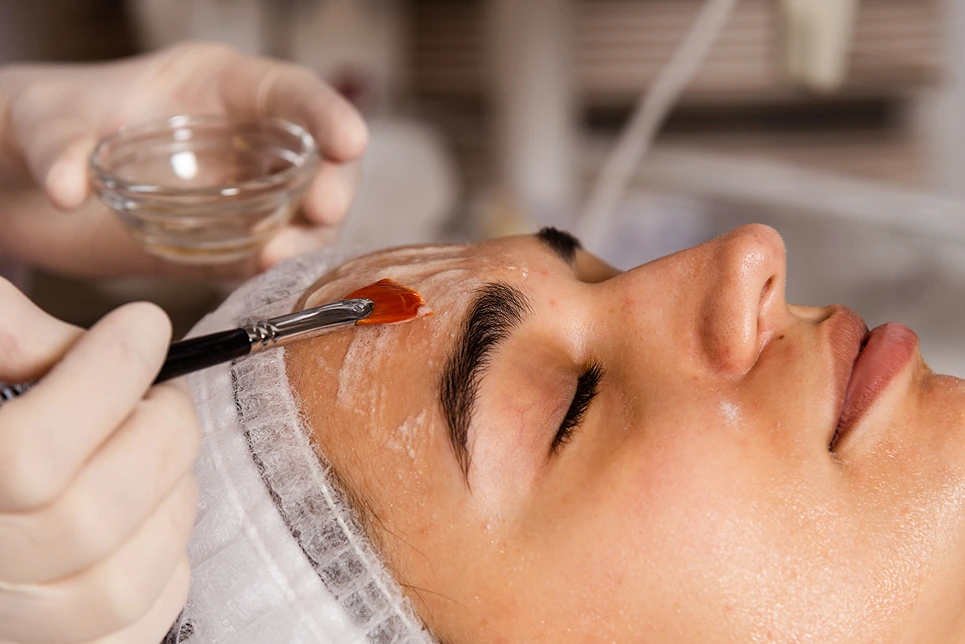
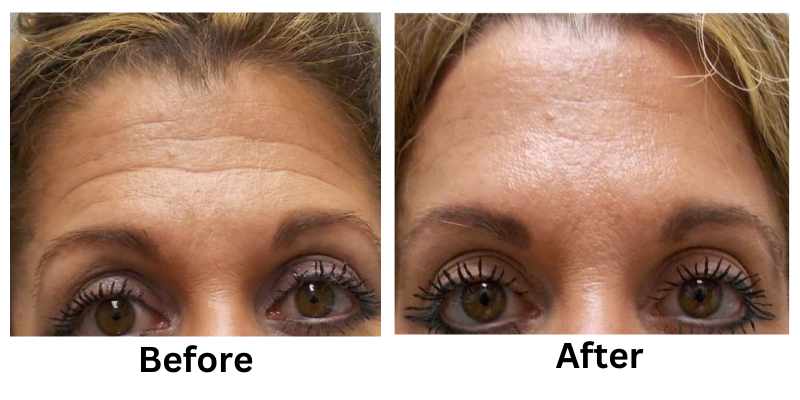
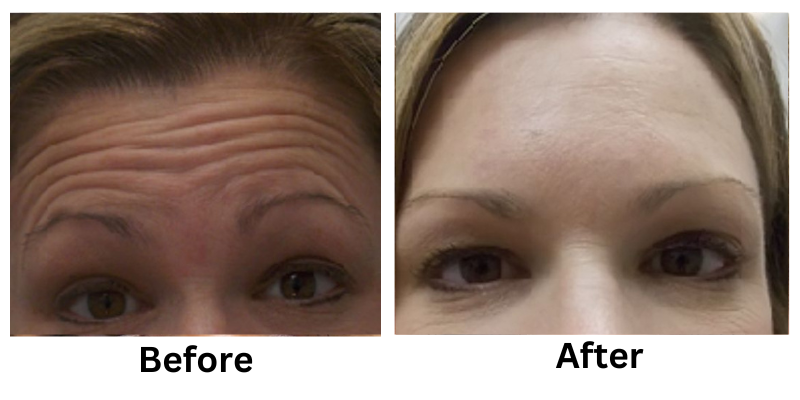

![[thumb]](https://slimmingsolutionsspa.com/wp-content/uploads/2023/12/botox1-150x150.png)
![[thumb]](https://slimmingsolutionsspa.com/wp-content/uploads/2023/12/Before2-150x150.png)
![[thumb]](https://slimmingsolutionsspa.com/wp-content/uploads/2023/12/Before3-150x150.png)
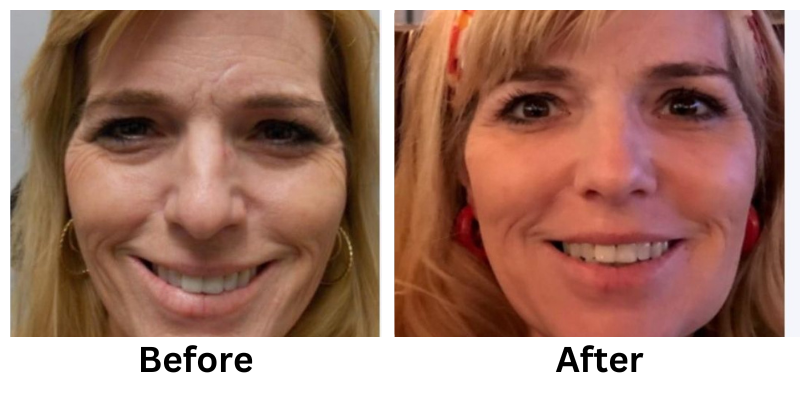

![[thumb]](https://slimmingsolutionsspa.com/wp-content/uploads/2023/12/Liquid-face-150x150.png)
![[thumb]](https://slimmingsolutionsspa.com/wp-content/uploads/2023/12/Liquid-face-1-150x150.png)
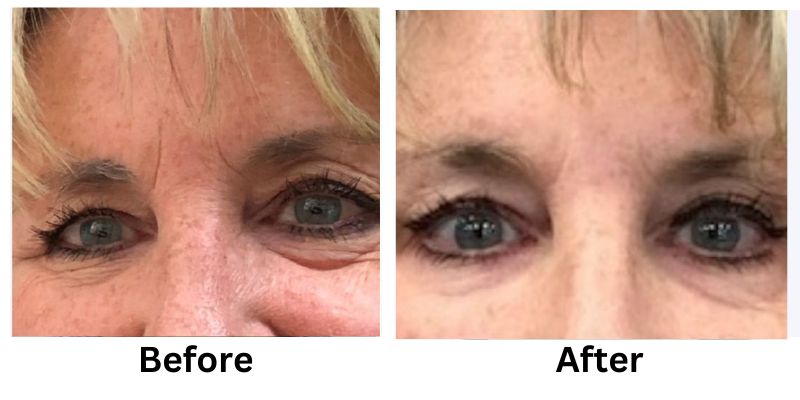
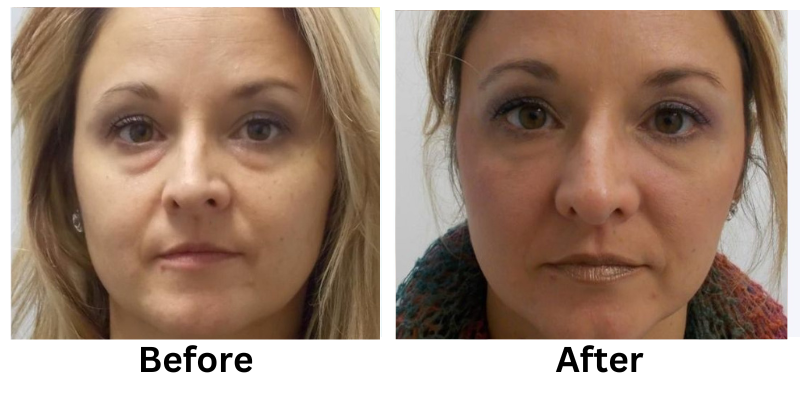
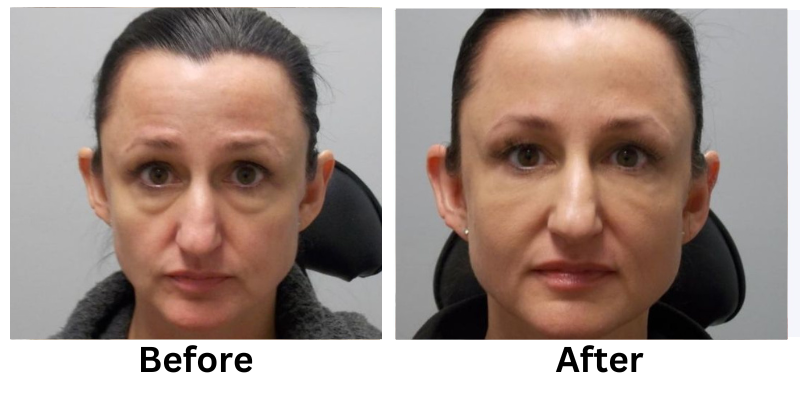
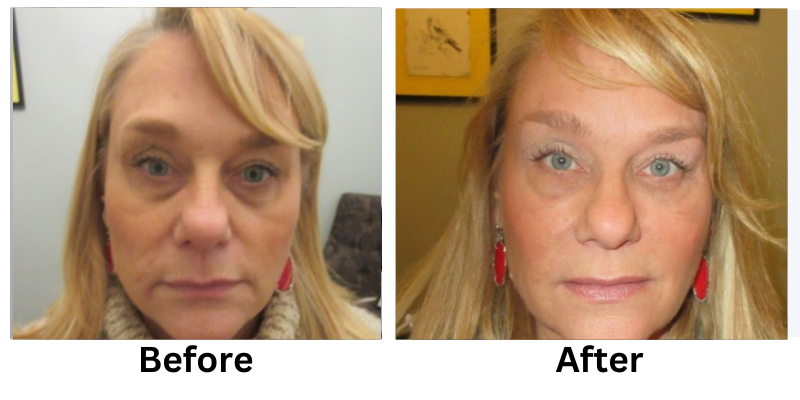


![[thumb]](https://slimmingsolutionsspa.com/wp-content/uploads/2023/12/revanesse-versa-1-150x150.png)
![[thumb]](https://slimmingsolutionsspa.com/wp-content/uploads/2023/12/revanesse-versa-2-150x150.png)
![[thumb]](https://slimmingsolutionsspa.com/wp-content/uploads/2023/12/revanesse-versa-3-150x150.png)
![[thumb]](https://slimmingsolutionsspa.com/wp-content/uploads/2023/12/revanesse-versa-4-150x150.png)
![[thumb]](https://slimmingsolutionsspa.com/wp-content/uploads/2023/12/revanesse-versa-5-150x150.png)
![[thumb]](https://slimmingsolutionsspa.com/wp-content/uploads/2024/01/Eyebrow-treatment-1-1-150x150.png)
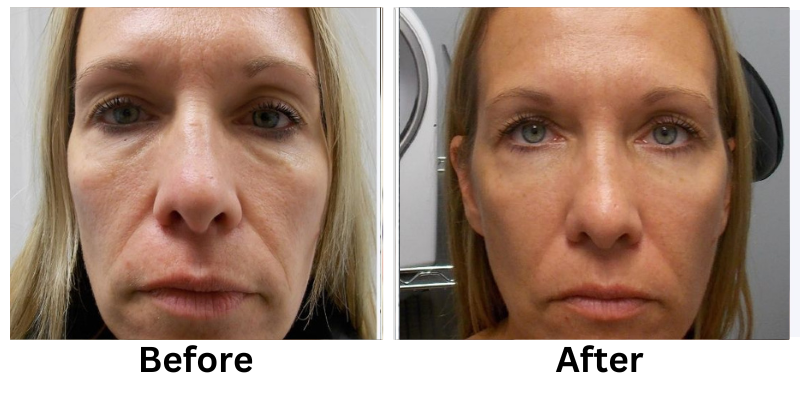

![[thumb]](https://slimmingsolutionsspa.com/wp-content/uploads/2023/12/Skin-Rejuvenation-1-150x150.png)
![[thumb]](https://slimmingsolutionsspa.com/wp-content/uploads/2023/12/Skin-Rejuvenation-2-150x150.png)


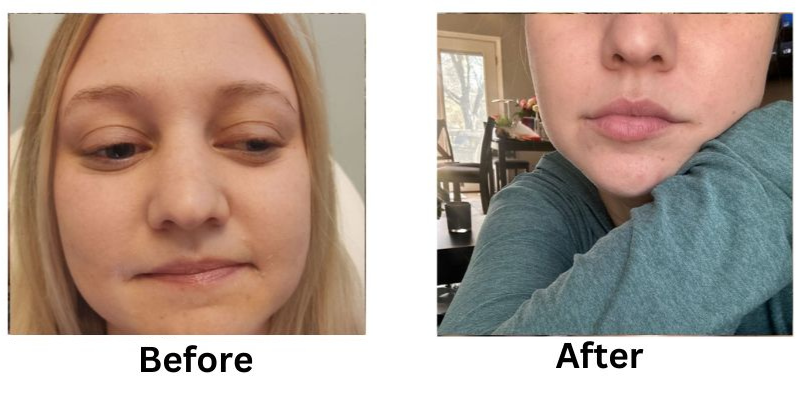
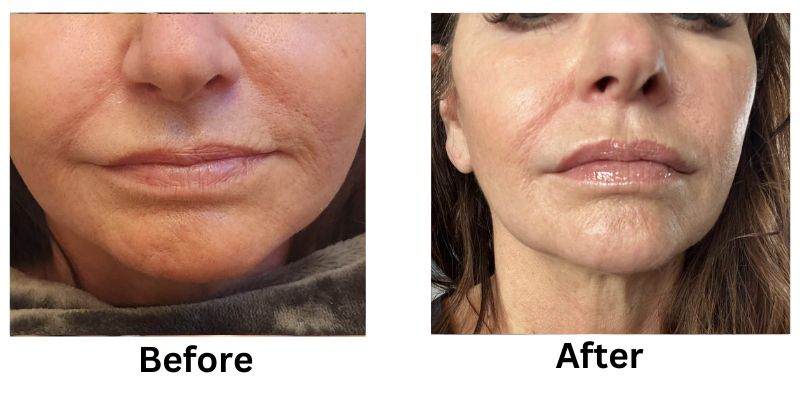
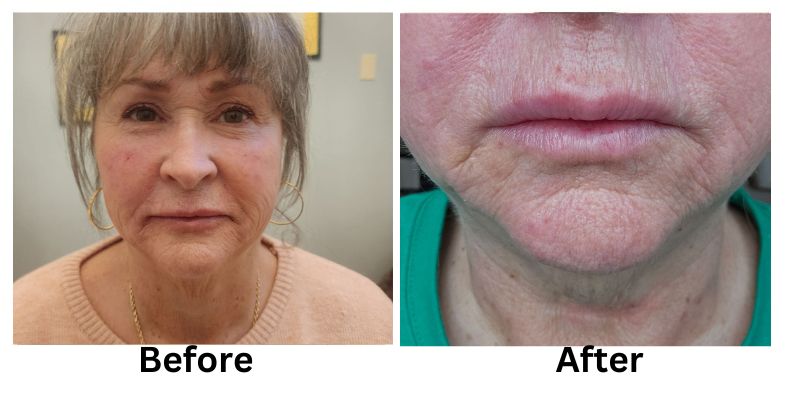
![[thumb]](https://slimmingsolutionsspa.com/wp-content/uploads/2024/01/Lip-Filler-1-150x150.png)
![[thumb]](https://slimmingsolutionsspa.com/wp-content/uploads/2024/01/Lip-Filler-2-150x150.png)
![[thumb]](https://slimmingsolutionsspa.com/wp-content/uploads/2025/02/Lip-Filler-1-150x150.png)
![[thumb]](https://slimmingsolutionsspa.com/wp-content/uploads/2024/01/Lip-Filler-150x150.jpg)
![[thumb]](https://slimmingsolutionsspa.com/wp-content/uploads/2024/01/Before-1-150x150.jpg)
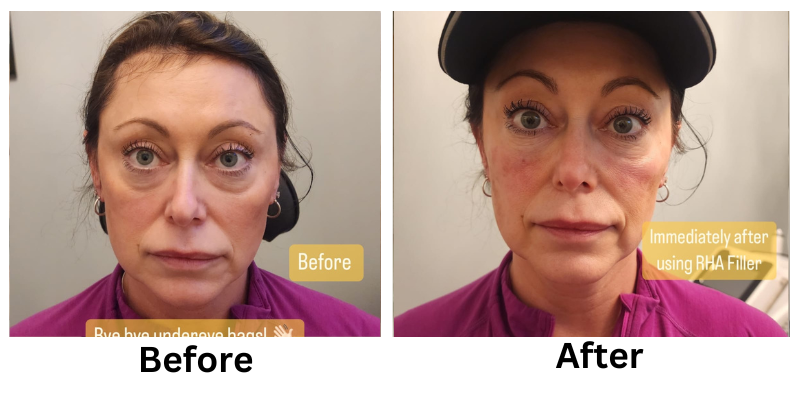
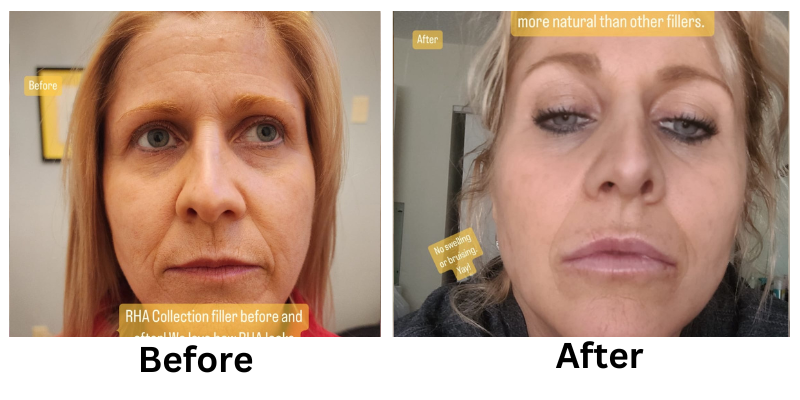

![[thumb]](https://slimmingsolutionsspa.com/wp-content/uploads/2024/01/RHA-Treatmetn-3-150x150.png)
![[thumb]](https://slimmingsolutionsspa.com/wp-content/uploads/2024/01/RHA-Treatmetn-2-150x150.png)
![[thumb]](https://slimmingsolutionsspa.com/wp-content/uploads/2024/01/RHA-Treatmetn-1-150x150.png)
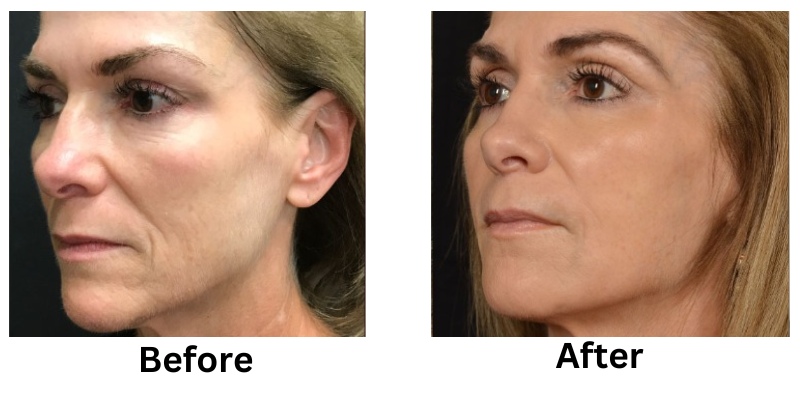
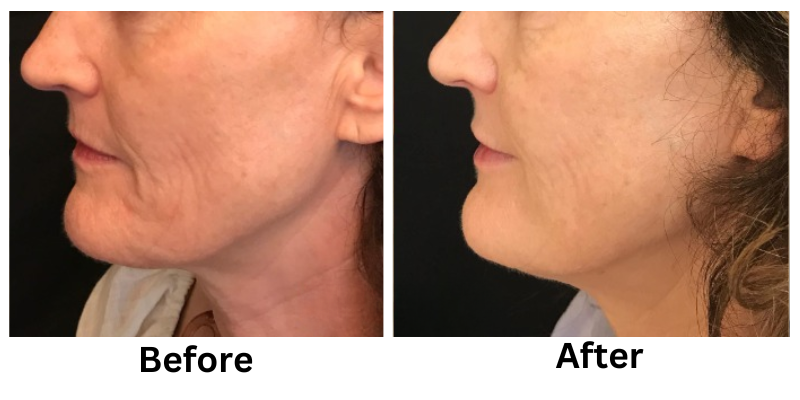
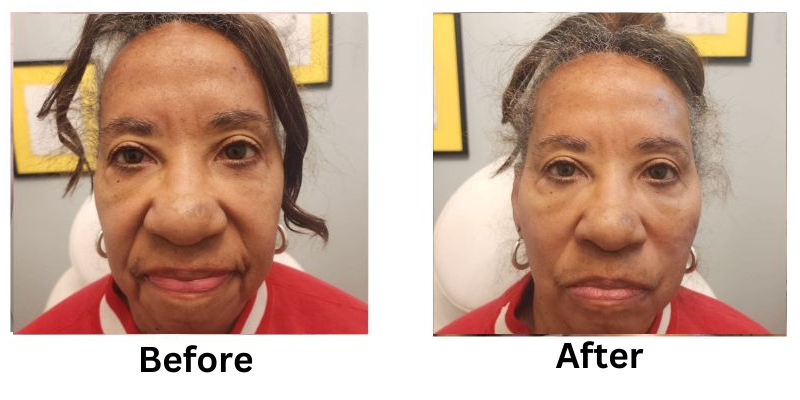
![[thumb]](https://slimmingsolutionsspa.com/wp-content/uploads/2024/01/Thread-Lifts-1-150x150.png)
![[thumb]](https://slimmingsolutionsspa.com/wp-content/uploads/2024/01/Thread-Lifts-2-150x150.png)
![[thumb]](https://slimmingsolutionsspa.com/wp-content/uploads/2025/02/Lip-Filler-2-150x150.png)
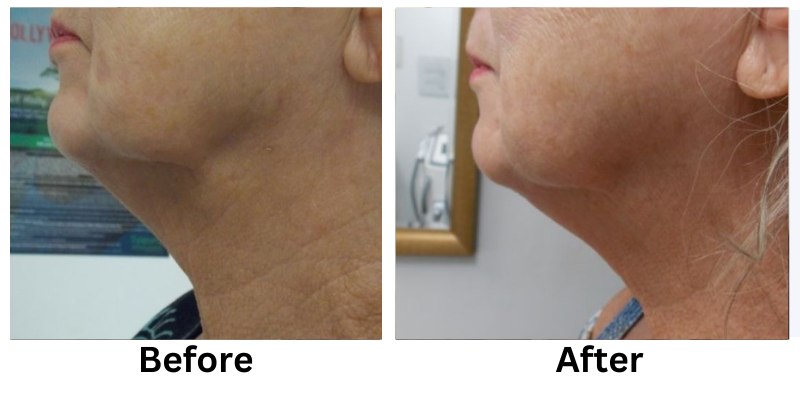
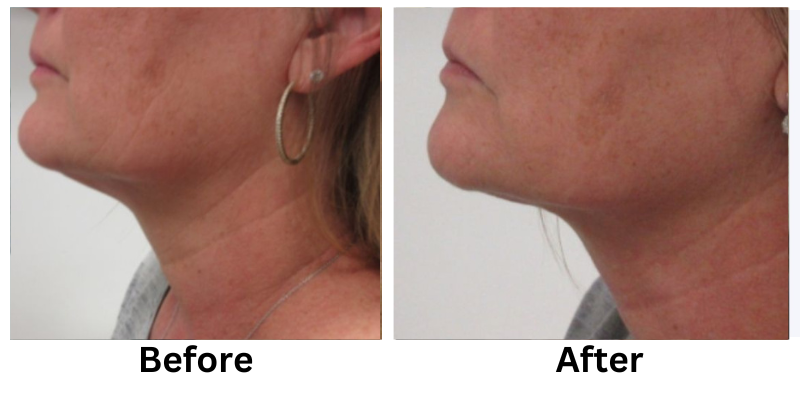

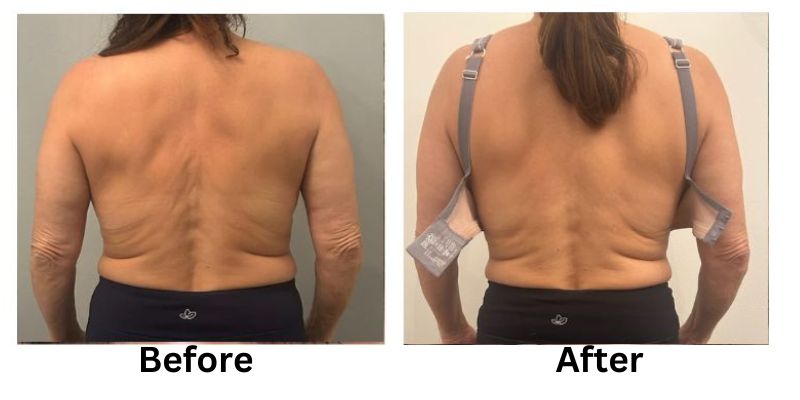
![[thumb]](https://slimmingsolutionsspa.com/wp-content/uploads/2023/12/skin-reuvulation1-150x150.png)
![[thumb]](https://slimmingsolutionsspa.com/wp-content/uploads/2023/12/skin-rejuvulation-2-150x150.png)
![[thumb]](https://slimmingsolutionsspa.com/wp-content/uploads/2023/12/Skin-Tighting-150x150.png)
![[thumb]](https://slimmingsolutionsspa.com/wp-content/uploads/2023/12/Before-150x150.jpg)
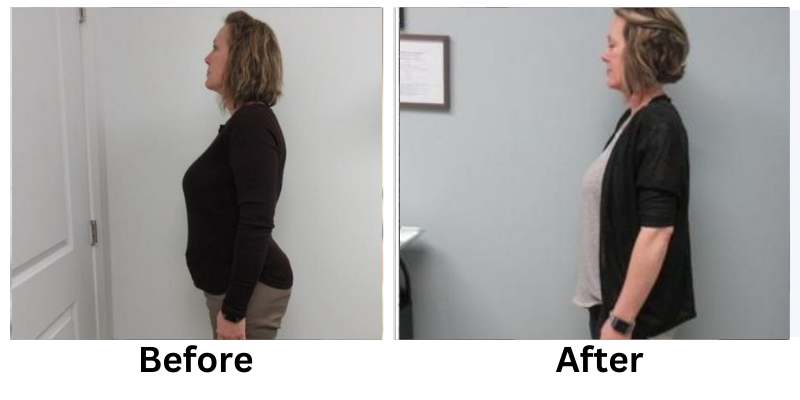
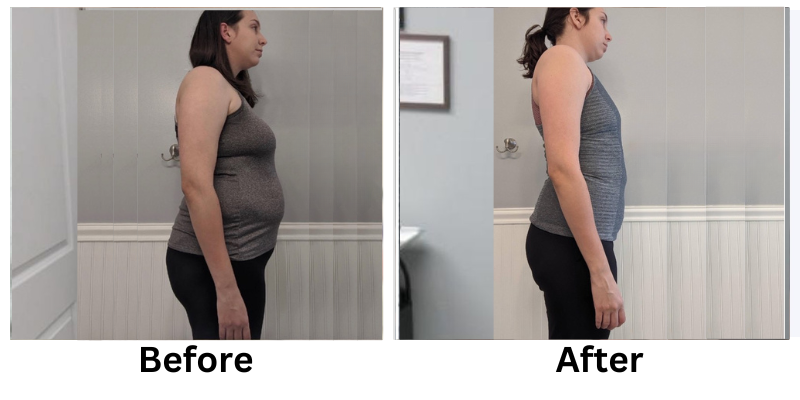
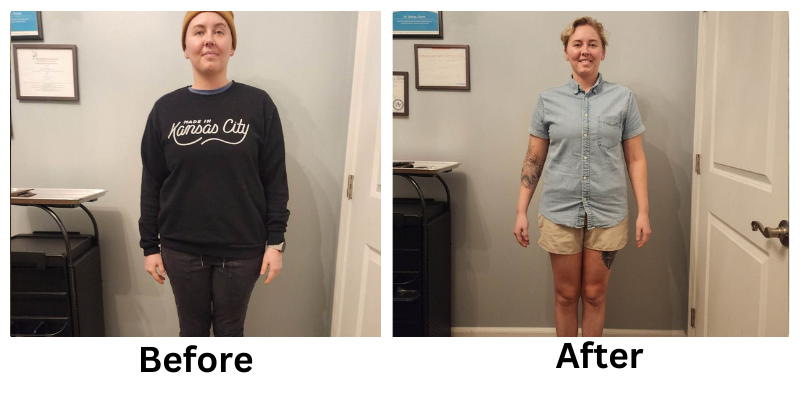
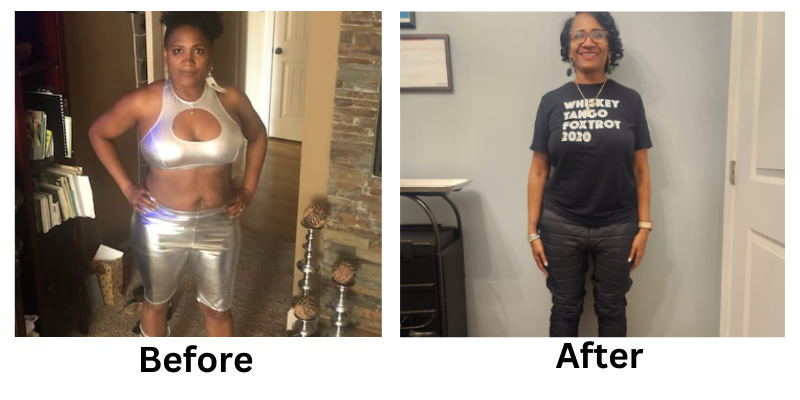
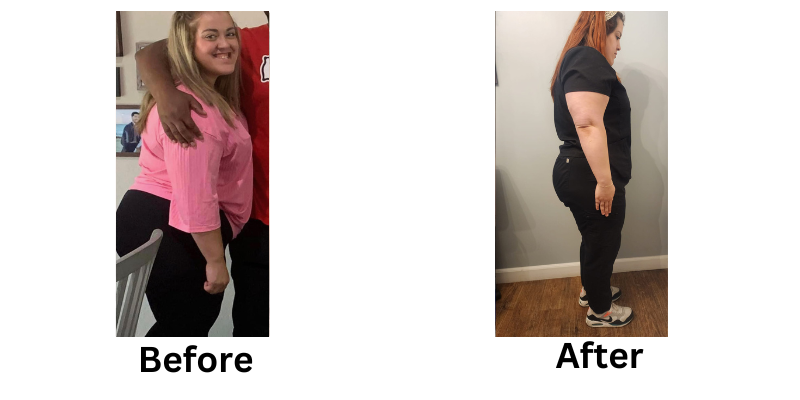
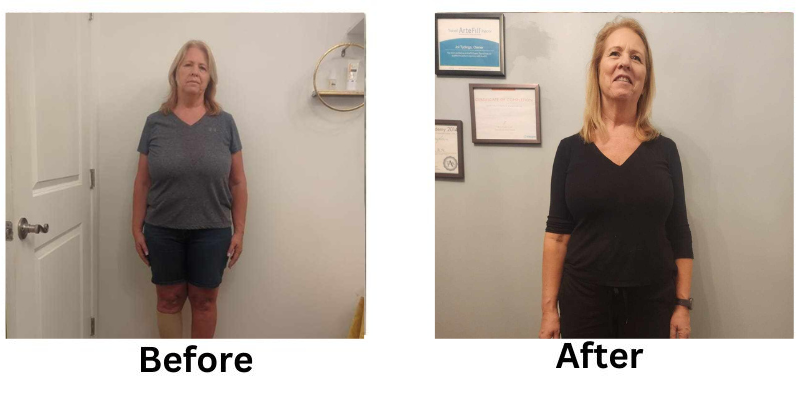
![[thumb]](https://slimmingsolutionsspa.com/wp-content/uploads/2023/12/weightloss-1-150x150.png)
![[thumb]](https://slimmingsolutionsspa.com/wp-content/uploads/2023/12/weightloss-2-150x150.png)
![[thumb]](https://slimmingsolutionsspa.com/wp-content/uploads/2023/12/2Weight-Loss-2-150x150.png)
![[thumb]](https://slimmingsolutionsspa.com/wp-content/uploads/2025/02/Weight-Loss-1-new-150x150.png)
![[thumb]](https://slimmingsolutionsspa.com/wp-content/uploads/2023/12/Weight-Loss-3-150x150.png)
![[thumb]](https://slimmingsolutionsspa.com/wp-content/uploads/2025/03/Slimming-Solutions-BA-Template-150x150.png)

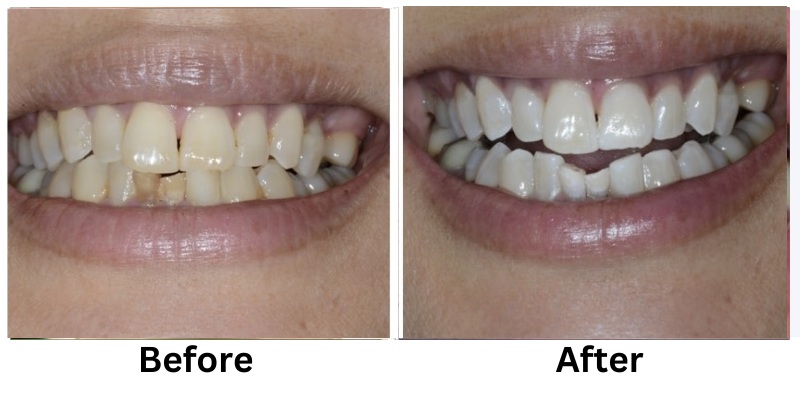
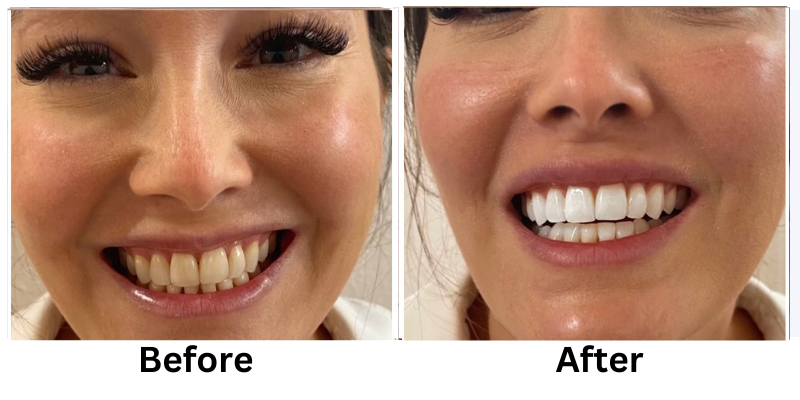

![[thumb]](https://slimmingsolutionsspa.com/wp-content/uploads/2023/12/dat3-150x150.png)
![[thumb]](https://slimmingsolutionsspa.com/wp-content/uploads/2023/12/dat-0-150x150.png)
![[thumb]](https://slimmingsolutionsspa.com/wp-content/uploads/2023/12/dat-1-150x150.png)
![[thumb]](https://slimmingsolutionsspa.com/wp-content/uploads/2023/12/Before-1-150x150.png)
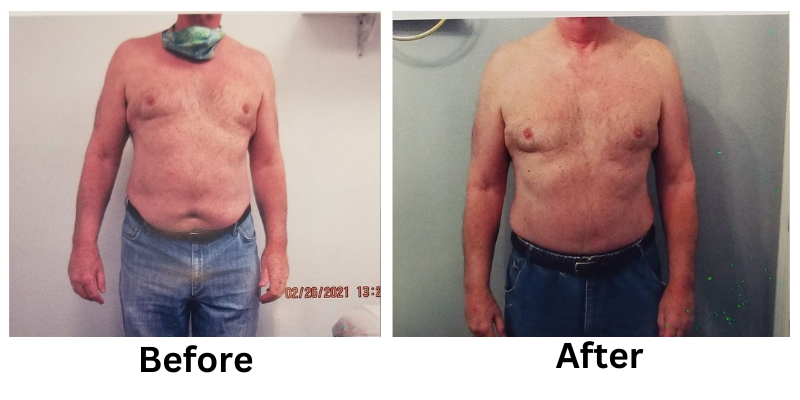

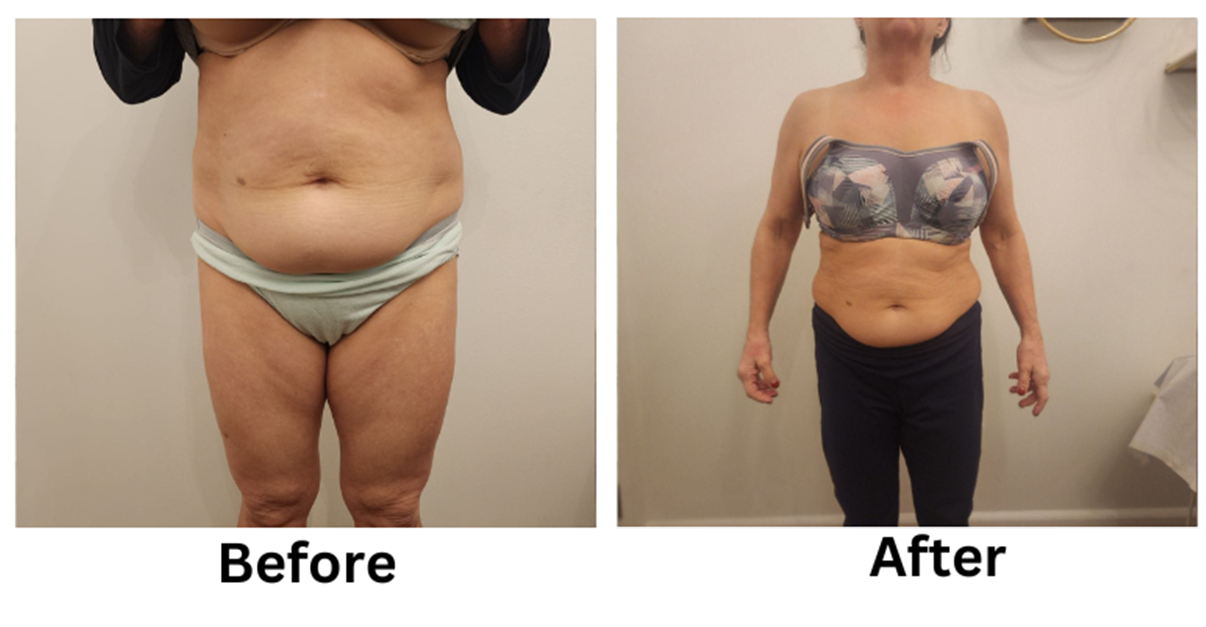
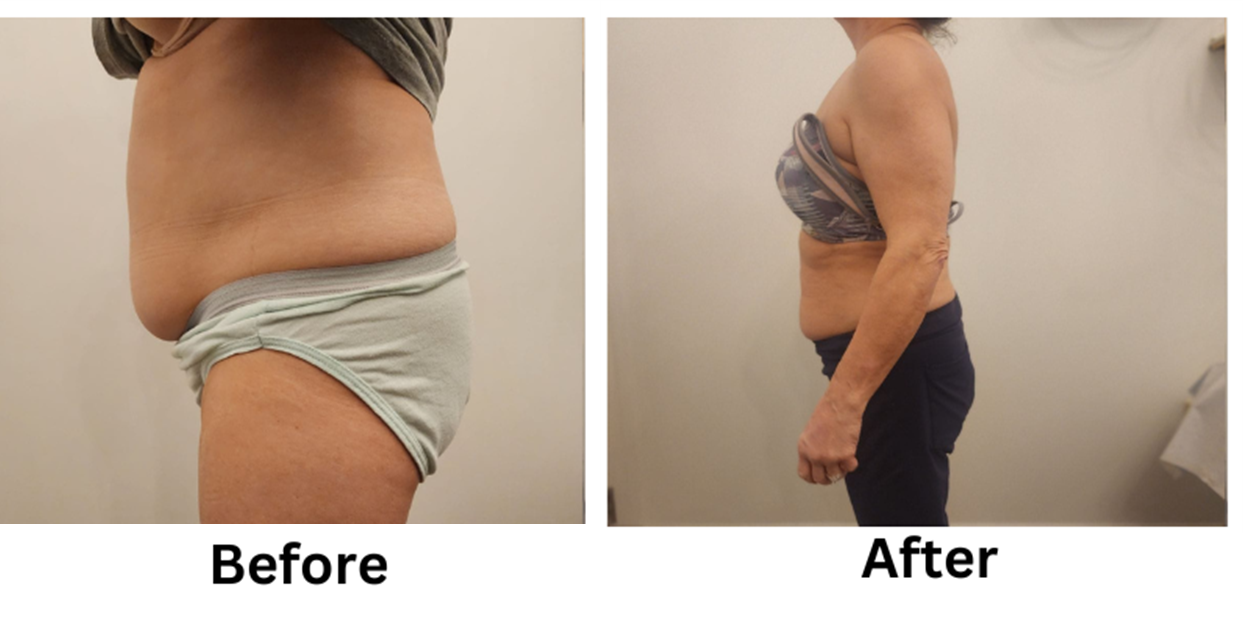
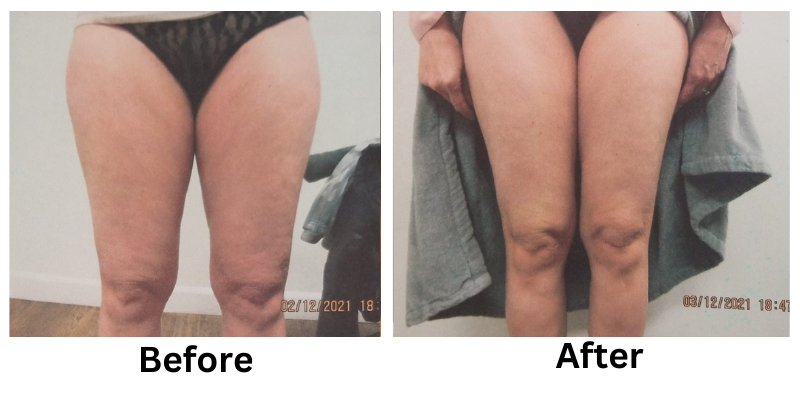
![[thumb]](https://slimmingsolutionsspa.com/wp-content/uploads/2024/01/EMS-Treatment-2-150x150.png)
![[thumb]](https://slimmingsolutionsspa.com/wp-content/uploads/2024/01/EMS-Treatment-1-150x150.png)
![[thumb]](https://slimmingsolutionsspa.com/wp-content/uploads/2025/02/ems-BNA-front-150x150.png)
![[thumb]](https://slimmingsolutionsspa.com/wp-content/uploads/2025/02/EMS-bna-SIDE-150x150.png)
![[thumb]](https://slimmingsolutionsspa.com/wp-content/uploads/2024/01/EMS-Treatment-6-150x150.png)
